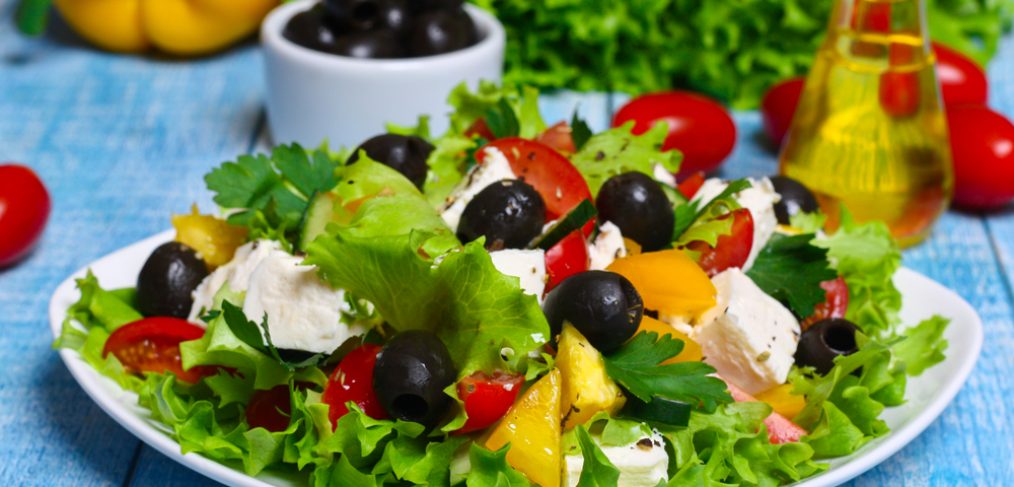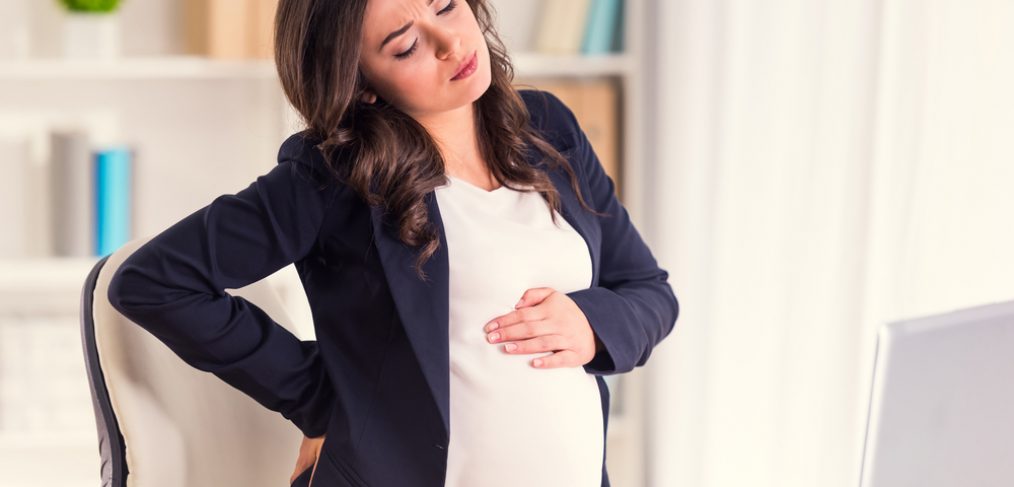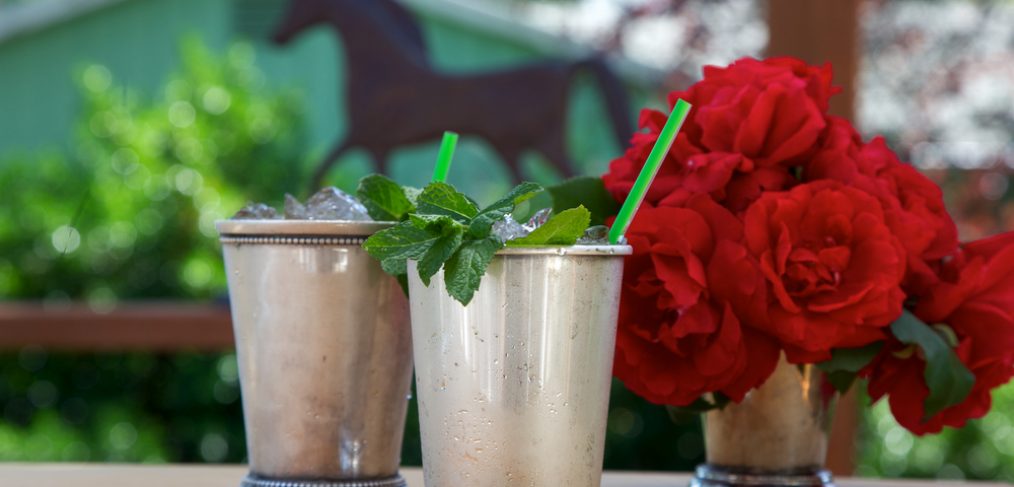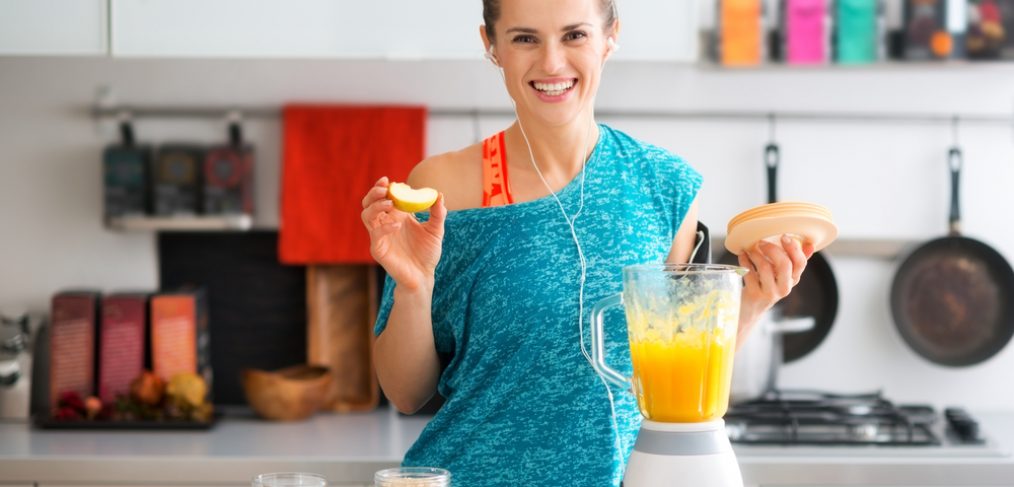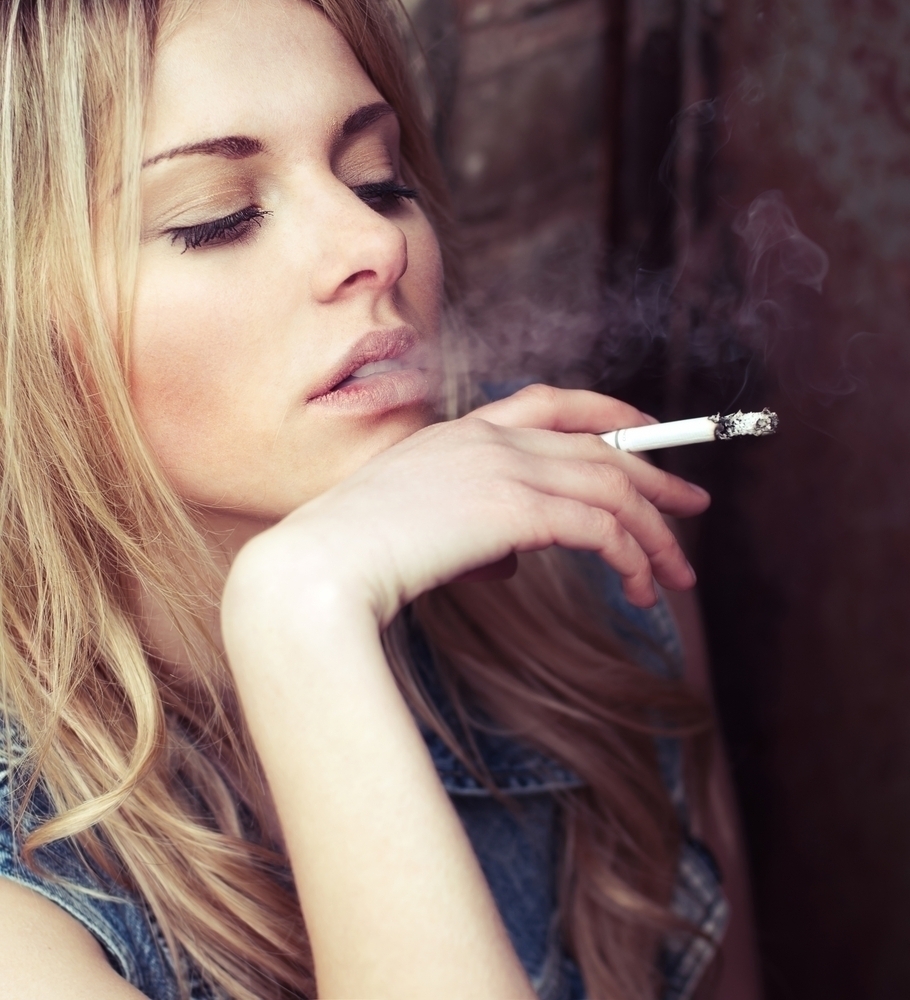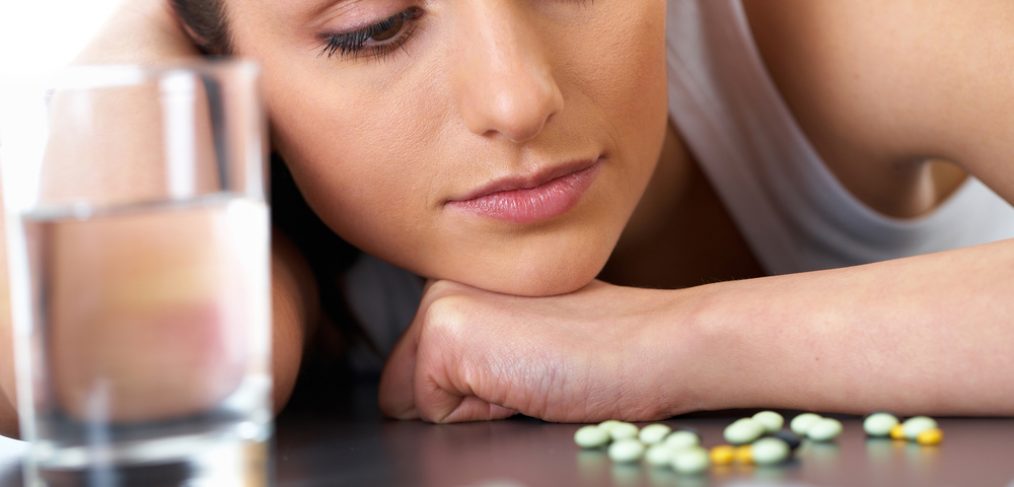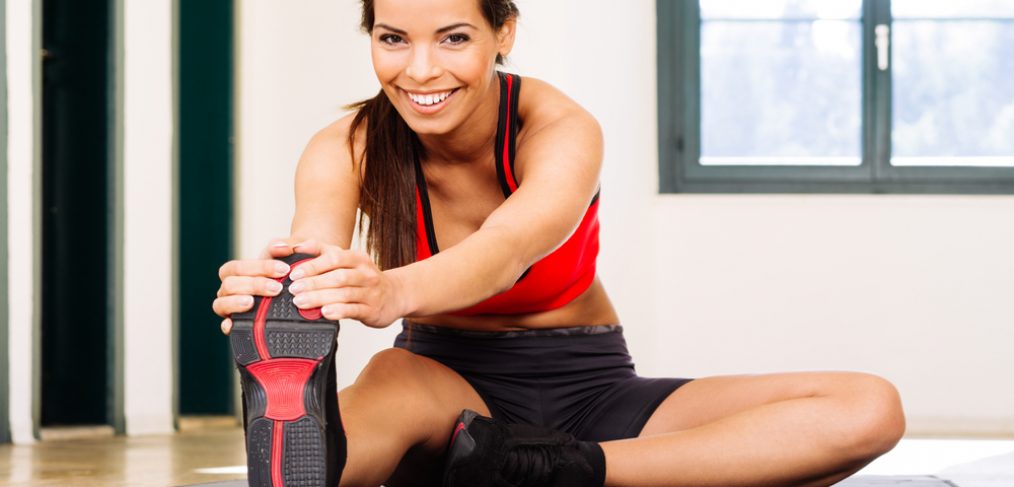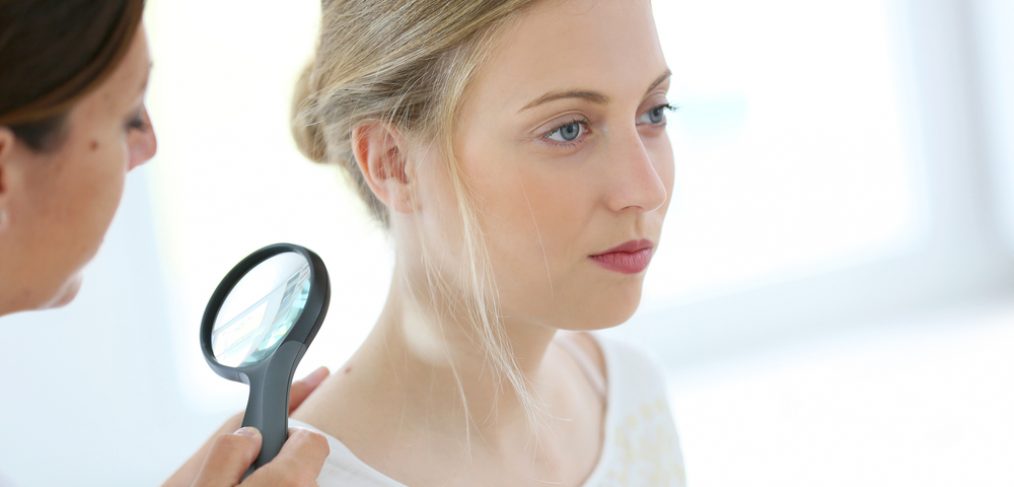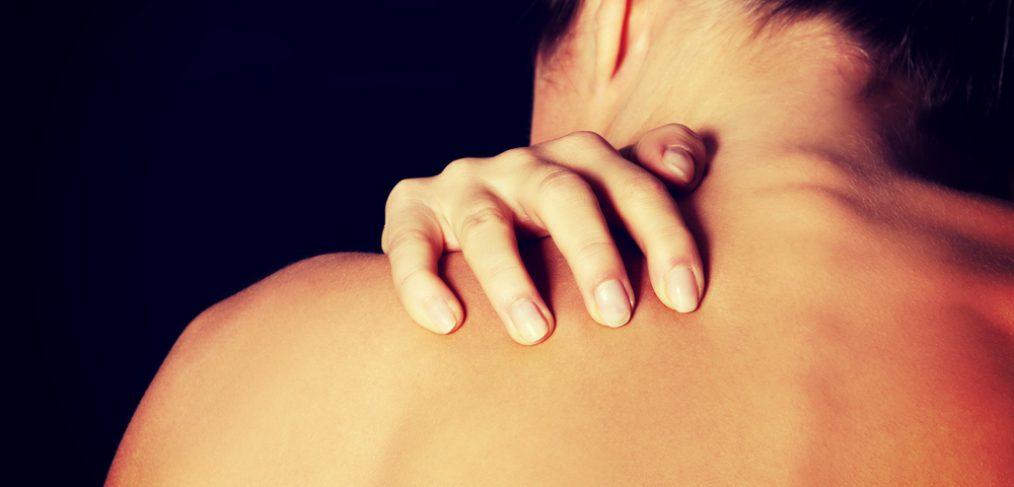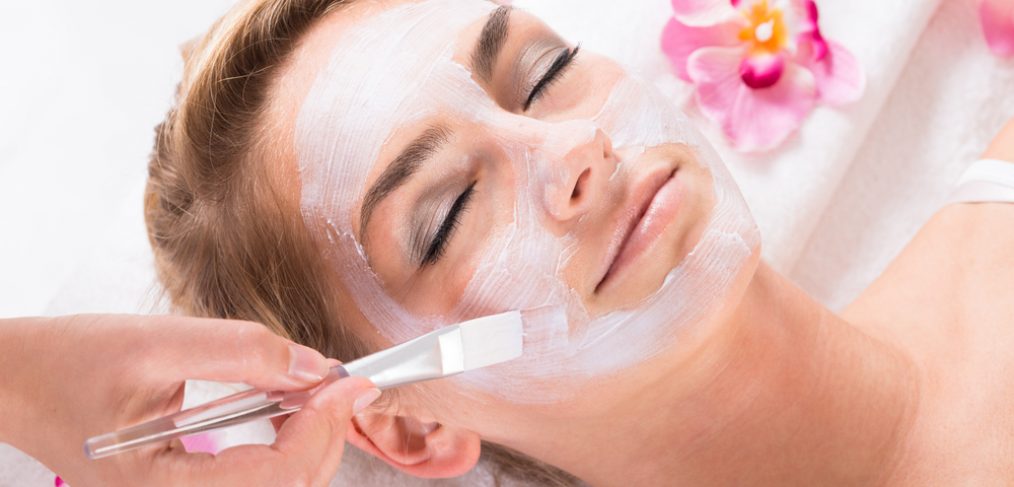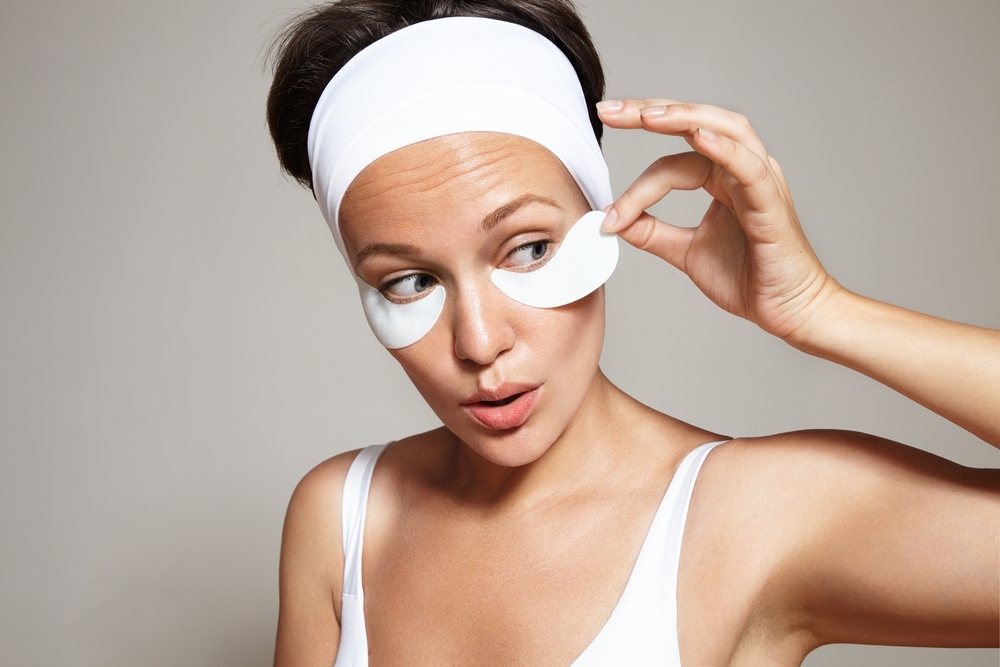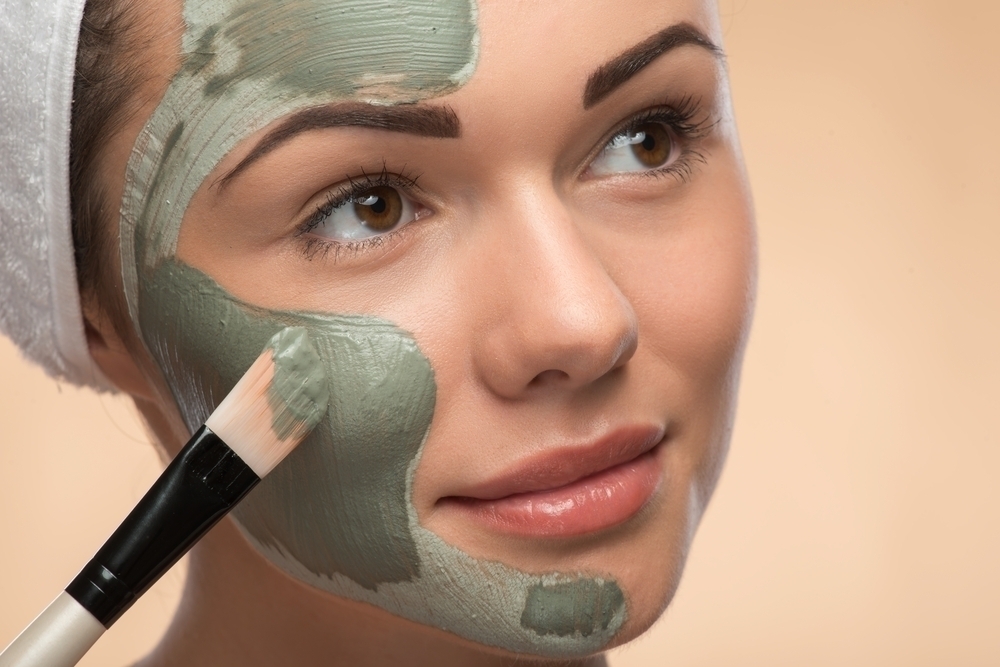When it comes to dieting, it can be frustrating and overwhelming to figure out what works for you. Elimination diets are extremely popular, but when not done carefully, they can actually be detrimental to your health. If you have ever thought about trying a vegetarian diet, but aren’t quite sure if you can commit to the total elimination of meat, try easy into it. Meatless Monday is not a new phenomenon, but it can be a refreshing way to change your diet in a way that you can really stick to! Why go meatless?
It’s Good for the Environment
Cutting down on the amount of meat you eat, even when it is only one day each week, can actually help the environment. Relying a little less on meat will cut down on how much water is used to make the food you buy. You will also help reduce greenhouse gas emissions. If more and more people start embracing meatless Monday, it could make a real difference!
It’s Good for Your Health
Replacing a fatty protein with a lean protein once, or a few times, a week is going to help you lose weight, and it is better for your heart. Practicing meatless Monday is said to help you live longer because you get some of the benefits of eating a vegetarian diet, but putting less pressure on yourself to majorly restrict your diet right away is a huge benefit. It is really difficult for most people to cut out meat entirely right away, so joining meatless Mondays makes it really easy to stick to your plan, and a lot of people are trying it, so you aren’t alone!
Easy Way to Mix Up Your Menu
It’s very easy, but never fun, to fall into a repetitive, mundane rut when it comes to food. It can become difficult to come up with affordable, easy to cook options that you have the energy to make after work. Increasing the number of veggies you eat can really help get you out of your rut! There are tons of recipes out there that involve spicing up vegetables to create a filling, flavorful meal.
Dedicating one day a week to try out a vegetarian diet has many benefits. Just make sure you are planning your menu carefully so you aren’t cutting out protein with the meat! It’s easy to get enough protein as a vegetarian, but if you are trying it out for a day, don’t forget to add it to your meals!



